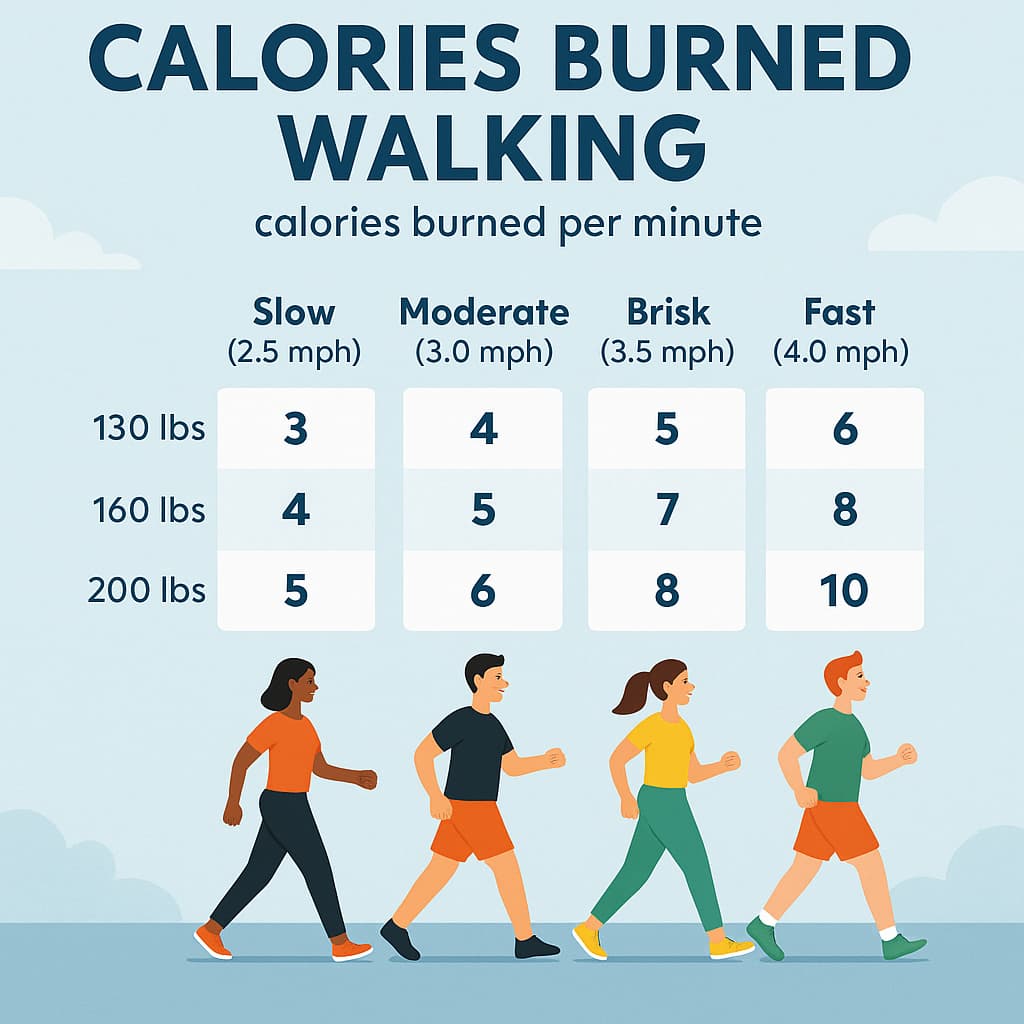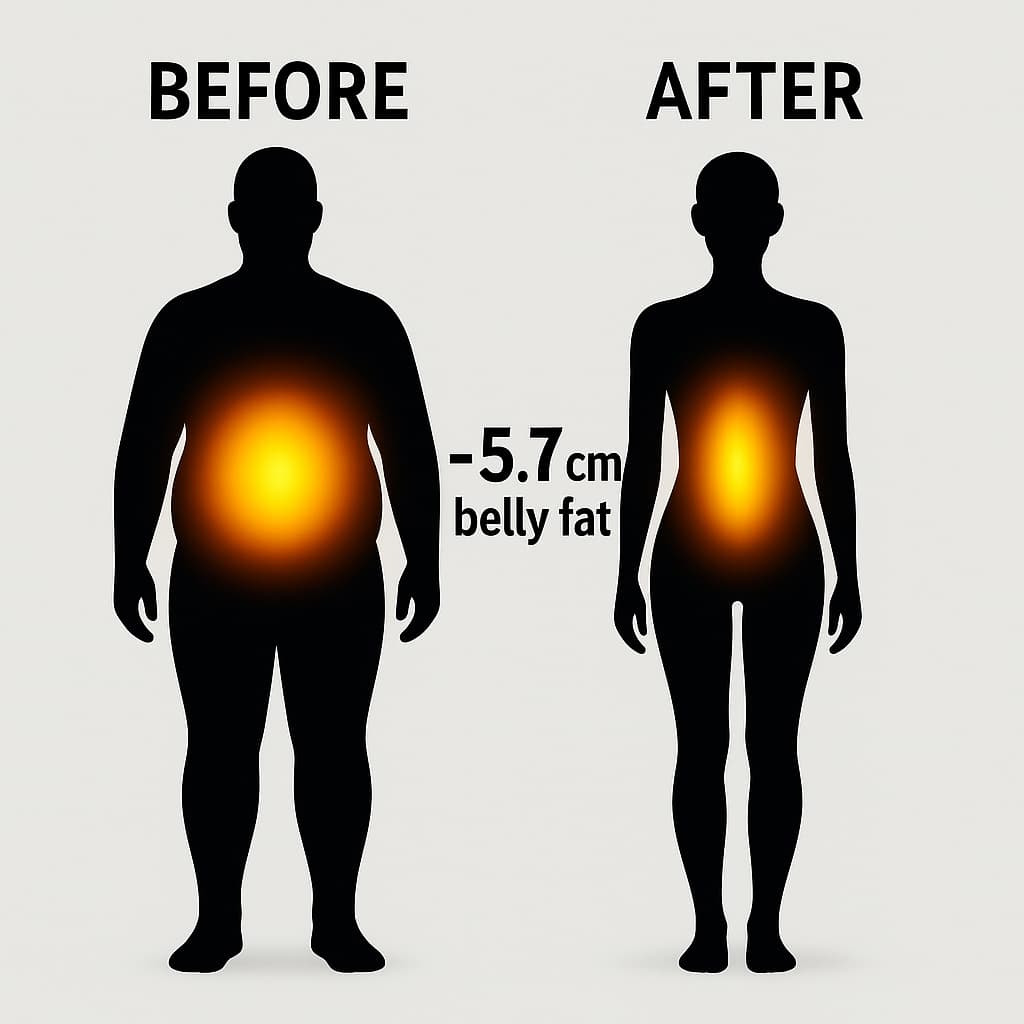Yes, walking truly helps you lose weight—according to extensive scientific research. Walking is one of the most effective, accessible ways to burn calories, reduce body fat, and maintain a healthy weight for the long term. This guide breaks down the scientific evidence, real-world results, and expert-backed strategies for maximizing weight loss through walking.

Walking matters because it’s low-impact, requires no gym membership, and fits easily into your daily routine. Whether you’re a beginner or experienced walker, you’ll discover exactly how walking burns fat, the best practices for results, and what the most current studies say.
Official resources:
CDC Physical Activity Basics |
Mayo Clinic: Exercise and Weight Loss
How Does Walking Lead to Weight Loss? (The Science)
Walking promotes weight loss by increasing your daily calorie expenditure. If you burn more calories than you eat, your body taps into stored fat for energy.
The Science Explained
- Calorie Burn: Walking at a moderate pace (3–4 mph) burns roughly 200–400 calories per hour, depending on your weight and speed (Harvard Health, 2024). For example, a 180-pound person burns about 100 calories per mile.
- Fat Loss: Numerous studies show that walking, especially at a brisk pace, reduces both total body fat and belly fat.
- Metabolic Boost: Regular walking increases your basal metabolic rate (BMR), meaning you burn more calories at rest.
- Appetite Regulation: Walking may help control appetite-regulating hormones, which can lead to fewer cravings and reduced overeating.
Example: If you walk briskly for 45 minutes every day, you could burn an extra 1,200–1,600 calories per week—enough to lose about half a pound weekly, even before making dietary changes.
Tip: Even small, frequent walks (10–15 minutes after meals) can increase calorie burn and improve blood sugar levels (uclahealth).
What Do the Latest Scientific Studies Say?
Scientific evidence overwhelmingly supports walking for weight loss:
- Meta-Analysis (2024, Nutrients): Adults who walked at least 8,000 steps daily lost more weight and body fat than those who were sedentary—even without strict dieting.
- JAMA Network Open (2023): In a 12-month study, people walking 7,000–10,000 steps daily had a 35% lower risk of obesity, better weight maintenance, and lower waist measurements than less active peers.
- Obesity Reviews (2022): Moderate-intensity walking, performed at least five times weekly, significantly reduced weight, waist size, and visceral (belly) fat.
Why This Matters: Walking not only burns calories, but also improves metabolic health, reduces risk of heart disease, and boosts mental well-being (NHS: Walking for Health).
Real-World Example: A 2024 US-based study tracked office workers who started walking 30 minutes daily. In 16 weeks, participants lost an average of 5–8 pounds and reported better mood, more energy, and lower stress.
Read Also: How Walking Helped Kelly Clarkson’s Weight Loss
How Many Steps or Miles Per Day for Weight Loss?
General Guidelines
- 7,000–10,000 steps per day (about 3–5 miles) is recommended for consistent weight loss and overall health.
- Beginners: Even 3,000–5,000 steps daily can produce real results.
- Advanced: For greater fat loss, aim for 12,000+ steps (5–6 miles) if your schedule and fitness allow.
Intensity & Consistency
- Brisk Walking: Walking at 3–4 mph, so you can talk but not sing, burns more calories and increases fat burn.
- Intervals: Add short bursts of faster walking or hills to your route. Intervals spike your heart rate and help burn more fat in less time (ACE Fitness).
- Consistency: Daily or near-daily walking is key. Short breaks throughout the day (e.g., 10-minute walks after each meal) add up quickly.
Pro Tip: Use a fitness tracker or smartphone app to monitor steps, motivate yourself, and set realistic weekly goals.
Does Walking Burn Belly Fat? (What the Research Shows)
Yes, walking effectively reduces belly fat—supported by controlled trials and reviews.

Scientific Proof
- A 2022 Journal of Exercise Nutrition & Biochemistry study found that overweight women who walked briskly for 50–70 minutes, 3 times a week, lost 1–2 inches from their waistlines in 12 weeks, even with little change to their diet.
- Walking helps lower cortisol (the stress hormone), which is directly linked to visceral (belly) fat storage.
Real-World Strategies
- Add hills or stairs to your walking route to target the core and burn more belly fat.
- Stay consistent: Results are best with regular, moderate-to-brisk walking—at least 150 minutes weekly (CDC Guidelines).
Quick Fact: Unlike spot-reduction myths, walking helps lower total and abdominal fat by creating a calorie deficit and reducing overall body fat.
Real-World Tips to Maximize Weight Loss With Walking
- Start With Achievable Goals: Begin with 15–20 minutes daily if new to exercise. Gradually build to 30–60 minutes as fitness improves.
- Walk Briskly: Aim for a pace where you can talk but feel slightly out of breath.
- Track Progress: Use step counters or apps (e.g., Fitbit, Apple Health, Google Fit). Log your daily steps and celebrate milestones.
- Add Variety: Change your walking route, try different terrains (parks, trails), or use music/podcasts to stay motivated.
- Try Interval Walking: Alternate 2 minutes brisk pace with 1 minute slow pace. Intervals boost calorie burn and challenge your body.
- Pair With a Healthy Diet: Combine walking with a moderate calorie deficit. Focus on whole grains, lean proteins, fruits, and veggies.
Example: Swapping one sugary snack for a piece of fruit can further boost fat loss. - Find Social Support: Walk with friends, family, or join a local walking group for accountability and enjoyment.
- Make Walking a Habit: Walk to work, park further away, take the stairs, or schedule “walking meetings.” Small lifestyle tweaks add up.
- Use Technology for Motivation: Try step challenges, virtual walking tours, or set up reminders on your phone to get moving.
Frequently Asked Questions (FAQ)
How long does it take to see weight loss from walking?
Most people see initial results (2–4 lbs lost) after 3–4 weeks of regular walking and healthy eating.
Tip: Progress may be gradual but is more sustainable.
Is walking better than running for weight loss?
Both are effective, but walking is easier to sustain for many people and carries a lower risk of injury. Consistency matters more than intensity.
Can I lose weight just by walking and not dieting?
You can lose weight by walking alone, but pairing it with a modest calorie deficit accelerates results and helps you keep weight off.
How many calories does walking burn?
A 160-lb person burns about 100–120 calories per mile at a brisk pace. Use online calculators for more precise estimates (Harvard Health).
Can I break up my walking throughout the day?
Absolutely! Short 10–15 minute walks add up and may help control appetite and blood sugar levels.
Does walking help with stubborn belly fat?
Yes—studies confirm that consistent walking reduces visceral fat, especially when paired with stress reduction and good sleep.
How can I stay motivated?
Set realistic, weekly step goals. Track progress, join challenges, and celebrate non-scale victories (improved mood, better sleep, looser clothes).
Advanced Tips: Boost Your Walking Results
- Wear a weighted vest: Increases calorie burn.
- Walk after meals: Helps lower blood sugar and improves fat metabolism.
- Incorporate bodyweight moves: Add squats, lunges, or push-ups during your walk for a full-body boost.
- Monitor your heart rate: Aim for 60–70% of your max for optimal fat burning.
Common Mistakes to Avoid
- Skipping rest days: Allow recovery to prevent injury.
- Ignoring nutrition: Overeating can offset calories burned by walking.
- Wearing the wrong shoes: Invest in proper walking shoes to protect your joints.
Conclusion: Is Walking Enough for Weight Loss?
Science proves that walking is a powerful, safe, and accessible way to lose weight—no matter your age or starting fitness level.
It helps burn calories, reduce harmful belly fat, and improve your overall health, especially when paired with mindful eating and simple lifestyle tweaks.
Ready to get started? Lace up your shoes and take action today! Even a short walk is a step closer to your goals. For more guidance, explore the
CDC’s activity recommendations or get personalized tips from the
Mayo Clinic.
